6 Common Injuries You Should Never Train Through
Because sometimes, “no pain, no gain” couldn’t be further from the truth.
When dedication defines your mindset on workouts (and results), it can be hard to back off your training – even if your body is begging you to.
If you’re pushing through pain, you’re putting yourself at a far greater risk of losing those gains than if you were to ease up on your long runs or put your ego aside and talk to a physical therapist, says exercise physiologist, Janet Hamilton.
“Listen to the feedback your body is giving you. If you have to alter your form to protect a sore spot, you can easily take one overuse injury and turn it into six,” Hamilton says, noting that, as a general rule of thumb, if you find yourself altering your exercise form or popping pills to push through pain, the risk of continuing training is not worth any potential reward.
Whether you’re pounding the pavement, plyo boxes, or the weightlifting floor, here are six common exercise injuries that should make you hit the brakes. When you hear your body talking, back off with these expert-approved strategies.
1. Stress Fractures
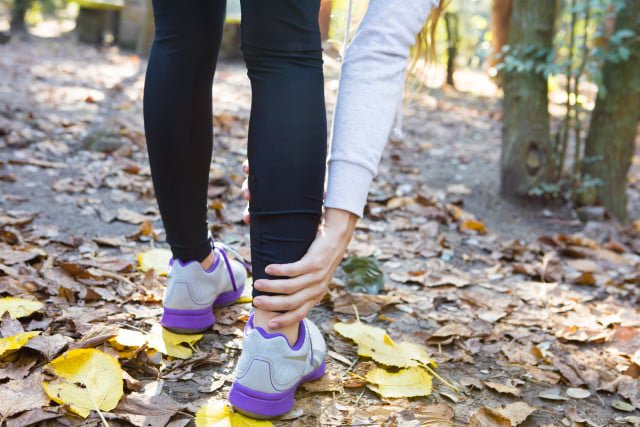
What they are: Microscopic breaks, these often happen in the feet, pelvis, or in the tibia and fibula, the bones that make up your lower leg, Hamilton says. When they occur in the lower leg, they are often called “shin splints.” Symptoms include pain that worsens when pressing on the area, single-leg hopping, or running.
Why they happen: Stress fractures are a result of putting more stress on your bones than they can handle, typically by ramping up high-impact exercises, including running and plyometrics, too quickly, she says. (Here are 6 Stress Fracture Warning Signs to Keep an Eye On.)
Pump the breaks: Continue stressing the bone and that microscopic fracture can turn into a full-on break, requiring everything from casts, bedrest, or surgery. “If you have had a stress fracture, the likelihood of getting another one is quite high, so it is important to see a sports medicine physician who specializes in stress fractures in order to determine why you got it in the first place,” says Julie Khan, a board-certified specialist in sports physical therapy and advanced clinician. “He or she can perform blood tests to look at hormone, calcium, and vitamin D levels to ensure these blood values are normal.” Until you can run and hop sans pain, focus on low-impact activities such as cycling, swimming, running in the pool, and strength training.
2. Patellofemoral Pain Syndrome
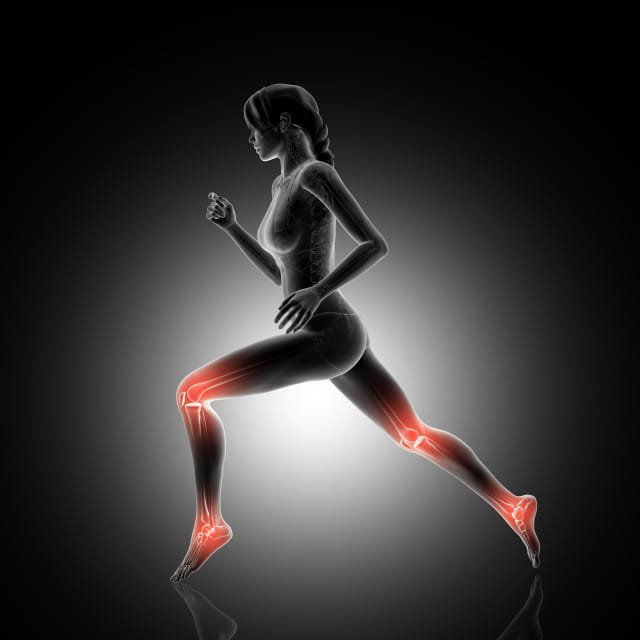
What it is: Also called “runner’s knee,” patellofemoral pain syndrome is a condition in which the kneecap (a.k.a. patella) rubs on the thighbone (a.k.a. femur). Pain at the front of the knee is a common symptom, and often accompanies activities such as going down stairs, squatting, and after rigorous exercise, says physical therapist Melanie Strassberg.
Why it happens: Muscle and strength imbalances in the quads and hips, as well as excessive tightness in the connective tissues surround the knee are the usual culprits, Strassberg says, noting that it’s most common in women and young adults.
Pump the breaks: Training through runner’s knee can lead to increased damage to and degradation of the cartilage that sits underneath your kneecap. And once you lose that, it’s gone. Talk to a sports physical therapist to evaluate your symptoms and ID the strength-training exercises that will help get your kneecap in proper alignment. “Some of my favorite exercises are lateral walks, glute bridges, side-plank clams, and front planks,” Khan says. Until you can engage in your regular workout without pain, turn to cycling, swimming, or using the elliptical to help you maintain your cardiovascular fitness.
3. Achilles Tendonitis
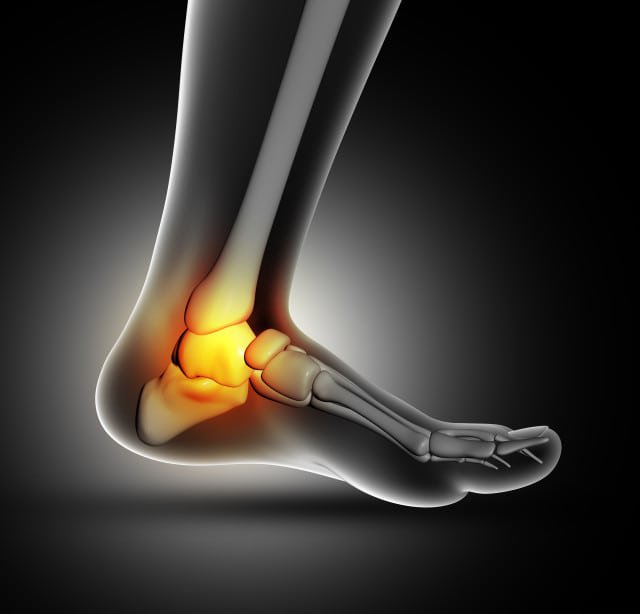
What it is: “The Achilles tendon is the strongest and thickest tendon in the body, connecting the calf muscles to the heel bone. It is also frequently injured,” says physiatrist and founder of Weiss Wellness Elise H. Weiss. “Acute injuries can range from mild damage of the tendon to a complete rupture, which requires surgical repair.” The pain is often felt at the heel and back of the ankle (you may notice a bump of scar tissue), which can feel tight or swollen. Discomfort may decrease a bit as the area loosens, making it tempting to continue to work out through the pain.
Why it happens: “Achilles injuries tend to occur when too much demand is put on the tendon, most often in people with tight, weak calf muscles,” Weiss says, noting that they are more prevalent in men than in women.
Pump the breaks: Push through it, and Achilles injuries can progress into chronic degeneration, called Achilles tendinosis, or a complete tear of the tendon, requiring surgical reattachment, she says. Physical therapy is a mainstay of treatment, and often includes eccentric exercises of the ankle, foot, and knee. Weiss advises cross-training with cycling over swimming. “When you first return to running (wait until you have zero pain), reduce your stride length, avoid speed workouts, and stay on flat surfaces,” Weiss says, explaining that landing with your forefoot can place more stress on the Achilles tendon. (You may want to ease into a mid or rearfoot landing pattern until the injury starts to feel better.)
4. Hip Pain
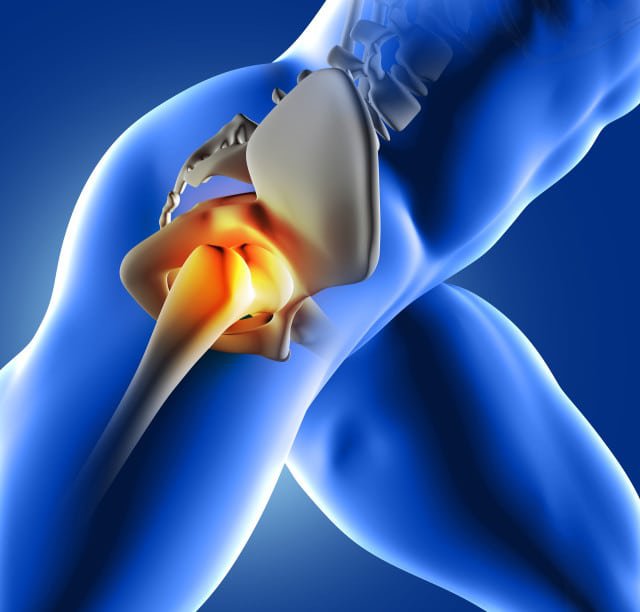
What it is: “There are many causes of hip pain in endurance athletes, from hip impingement, gluteal tendinitis, iliotibial band syndrome, to tendinitis, tears, and stress fractures in the hip,” Khan says.
Why it happens: Hip pain can be the result of decreased core and gluteal stability, increasing exercise intensity and duration before your bones and muscles are strong enough to handle it, or even how your bones sit in their joints.“Seeing your local sports physical therapist can help to determine the source of the pain, and more importantly figure out why you are having the pain in the first place,” Khan says.
Pump the breaks: Your hips are the basis of everything your body does in the gym – it doesn’t matter if you run, swim, squat, or cycle. So any pain can quickly throw off your total-body alignment and introduce new injuries. Plus, the multitude of tendons that hook into your hips receive relatively little blood supply, meaning that they won’t heal quickly – especially if you continue to stress them with exercise, Strassberg says.
Avoid any movements that cause pain and talk to a specialist about training your core and glutes to improve pelvic stability. Exercises such as bridges, lateral walks, pain-free lunges and squats, and single-limb balances are key to promoting core and hip strength, Khan says.
5. Hamstring Strains
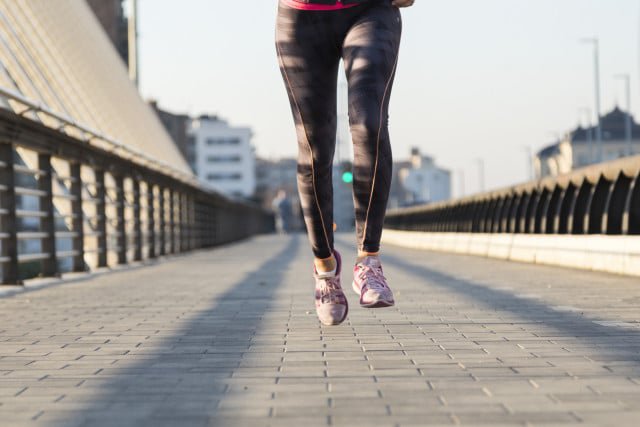
What they are: Sudden pain or spasms that occur in at the upper leg or butt, hamstring strains occur when the muscle tears, Weiss says. These tears can range from microscopic to a complete detachment. While tears are relatively uncommon, they require swift doctor intervention and surgery – and are accompanied by intense bruising and swelling.
Why they happen: The cause typically comes down to imbalances between the hamstrings, quads, and glutes, but a weak core and simply not warming up properly before exercise can also contribute, Weiss says. (Also, sitting all day can lead to hamstring tightness.)
Pump the breaks: “Hamstring injuries are notorious for becoming chronic issues,” Weiss says. Until the pain subsides, or unless told otherwise by your PT, stick with cross-training activities that do not stress the legs. Think: upper-body work. Once the pain subsides, you can ease back into things though cycling and aqua jogging.
Before jumping back into your regular workouts, it’s also best to work on strengthening the hamstrings and glutes through squats, Romanian deadlifts, and hip thrusts. Start with light weights and focus on slowing down the (lowering) part of each exercise to fend off future injuries.
6. Lower Back Pain
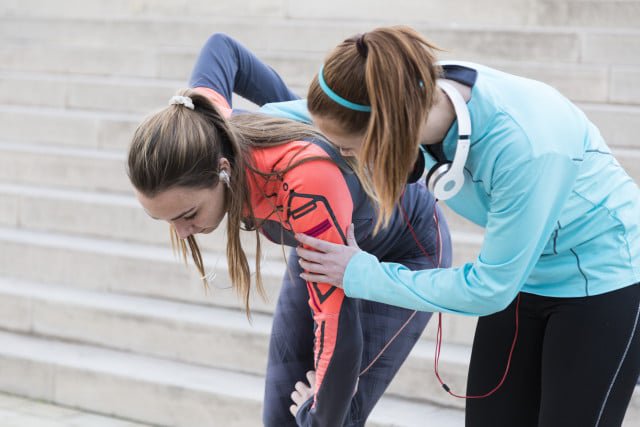
What it is: A common complaint in athletes and couch potatoes alike, low back pain can be localised to one spot or radiate into the butt and down the leg, Khan says. It can involve muscular strains, slipped vertebral discs, or nerve impingement.
Why it happens: Low back pain is often the result of weak core and glute muscles, improper movement patterns, and overworking the muscles that are in charge of supporting and stabilizing the pelvis and spine, she says.
RELATED: 6 Exercises to Help Lower Back Pain
Pump the breaks: While it can come and go for some, lingering back pain can easily turn into debilitating chronic back pain that impedes not just on your exercise routine, but also your overall quality of life. Talk to a physical therapist or spinal health expert trained in non-surgical interventions such as teaching proper movement patterns, training the core muscles, and keeping you active through pain-free and non-aggravating cross-training. Exactly what those exercises are will depend on the exact cause of your back pain.
READ MORE ON: hamstring hip-pain injuries injury-prevention itb itbs

